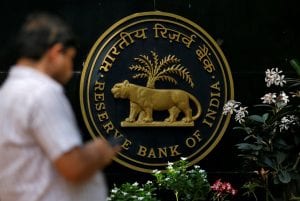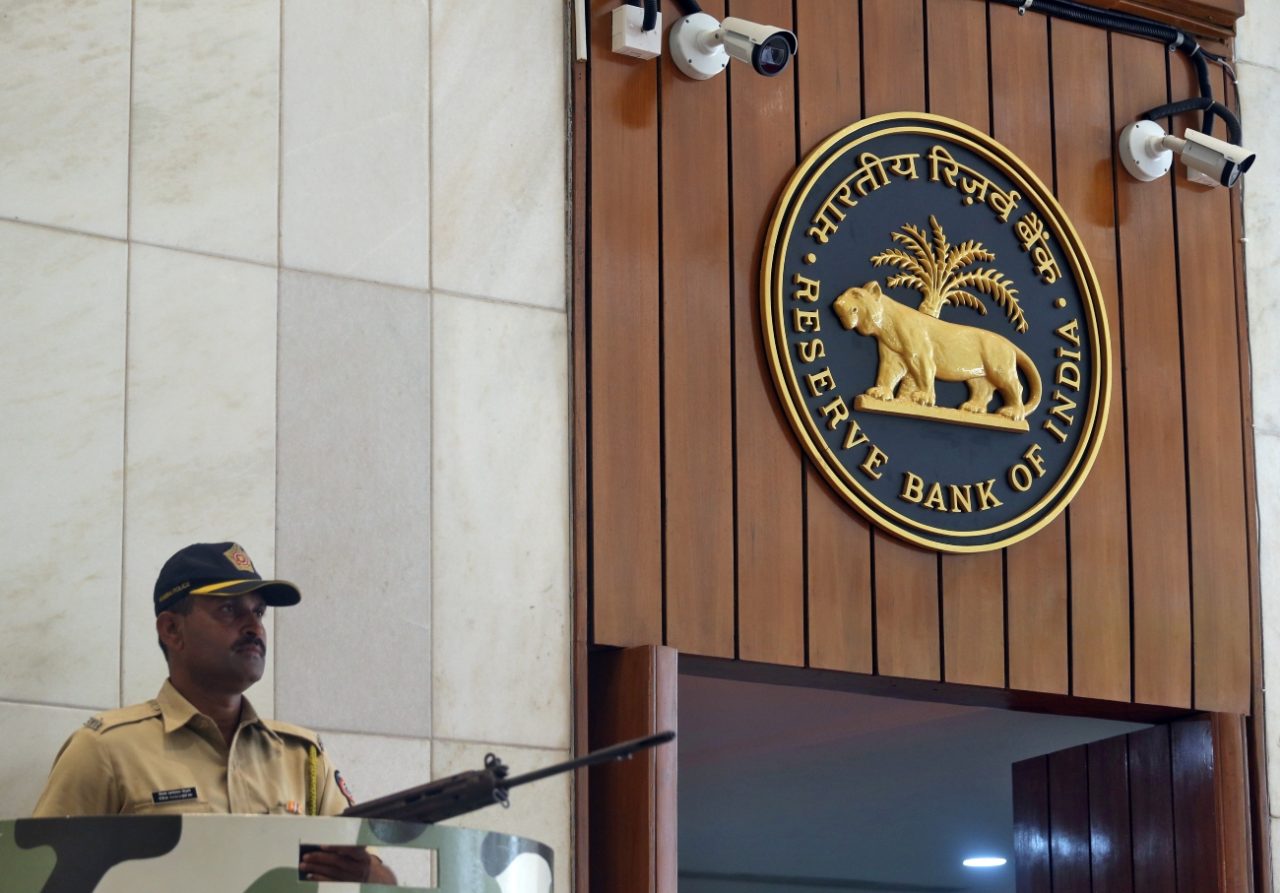This is what consumer and healthcare sector expects from Union Budget 2020
Summary
The Indian growth story has been largely fuelled by retail consumption, thanks to the country’s growing middle class. However, recent systemic issues such as inflation in basic consumer goods, the shadow-banking crisis and the on-going unemployment crunch has resulted in a setback to consumption.
The Indian growth story has been largely fuelled by retail consumption, thanks to the country’s growing middle class. However, recent systemic issues such as inflation in basic consumer goods, the shadow-banking crisis and the on-going unemployment crunch have resulted in a setback to consumption. The lack of funds in the hands of consumers, owing to the reluctance of NBFCs to lend freely has particularly marred demand in not only high-ticket segments like real estate and auto but also in the retail and the packaged consumer goods industry.
As per Nielsen, sales of FMCG goods from online channels is expected to quadruple from $1.2 billion to $4 billion by 2022. E-commerce is certainly one of the growth avenues particularly for the FMCG industry. The broader e-commerce market is also set to grow at a CAGR of 30 percent for gross merchandise value to be worth $200 billion by 2026. While this is positive news, a key challenge to the growth of the retail industry is the foreign direct investment policy. The policy decisions around permitting foreign investment in the e-commerce industry in India have always centered around protectionism for the domestic industry, particularly the ‘mom-and-pop’ stores. As a result, while the government has permitted FDI in the market-place model, foreign investment in the high-value inventory-model is prohibited.
Another challenge faced by the stakeholders in the retail industry, particularly those having a pan-India presence, has been in complying with unpredictable and varying state-specific laws. Take for instance, the shops and commercial establishments laws – where, each state has prescribed its own set of registers and forms/ returns, which must be filed on a periodic basis for the continuation of routine operations.
While a model act has been in the works for years to address issues around uniformity, the reluctance by state to enact the model law has taken a toll on the ‘ease of doing business’ efforts. Similar issues have been brewing with the ‘goods and services tax’ laws – one of the most prolific tax reforms in recent years. Implementation issues have had a negative impact on the stakeholders in the FMCG industry – particularly the MSME distributors and channel partners. The GST council is making concerted efforts on revising the tax rates. However, constant rate cuts have risen concerns around profiteering, especially for the FMCG industry.
E-pharmacies in trouble
India’s sunshine industry – drugs and pharmaceuticals – has been grappling with similar issues. The e-pharmacy startups are fighting an uphill battle on account of the unpredictable regulatory landscape, with high courts of different states passing contradictory orders. Similar challenges are also being faced by the nascent medical devices industry, with the recent draft notifications highlighting the government’s intent to have greater control over the import, manufacturing and distribution of such devices. To counter challenges around inflation, the government has also been capping prices of drugs and medical devices (under the Essential Commodities Act). While the long-term impact of such price controls is yet to be seen, the profits of the ‘pharmacy to the world’ will surely be pared in the short-run.
With challenges such as stagnating growth and dwindling consumption rates, India is once again at the crossroads of re-thinking its policy decisions, including those for attracting foreign investments. While India Inc. is surely banking on this year’s budget to act as a panacea to the NBFC crisis, the industry expects steps such as formulating national-level policies and increased focus on predictability and uniformity of the regulatory regime to address fears of a slowdown.
Rupinder Malik and Sidharrth Shankar are partners and Aman Bhatia is an Associate at J. Sagar Associates. The views are personal.

Elon Musk forms several ‘X Holdings’ companies to fund potential Twitter buyout
3 Mins Read
Thursday’s filing dispelled some doubts, though Musk still has work to do. He and his advisers will spend the coming days vetting potential investors for the equity portion of his offer, according to people familiar with the matter









 Listen to the Article
Listen to the Article  Daily Newsletter
Daily Newsletter















